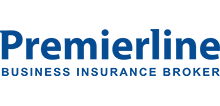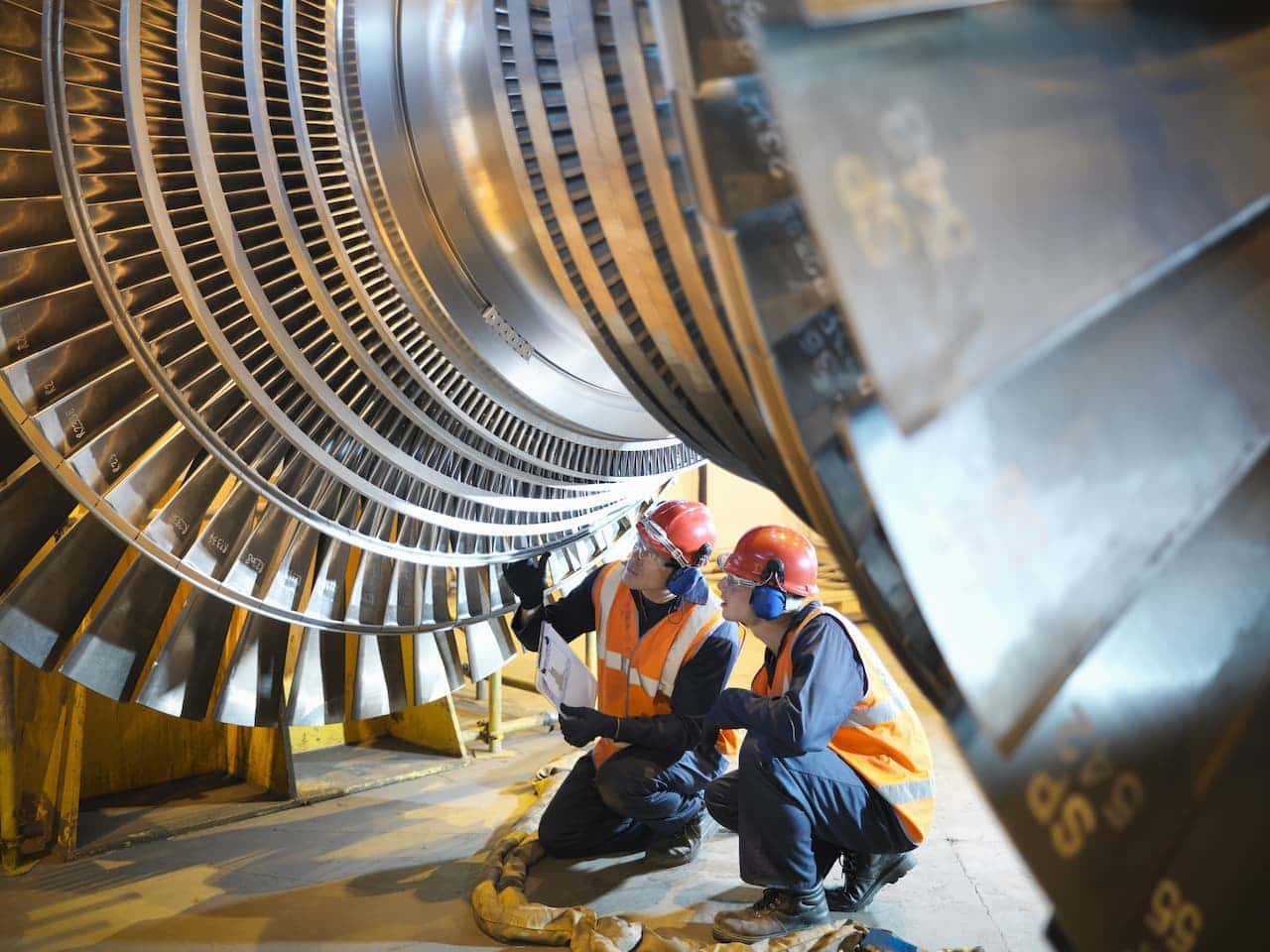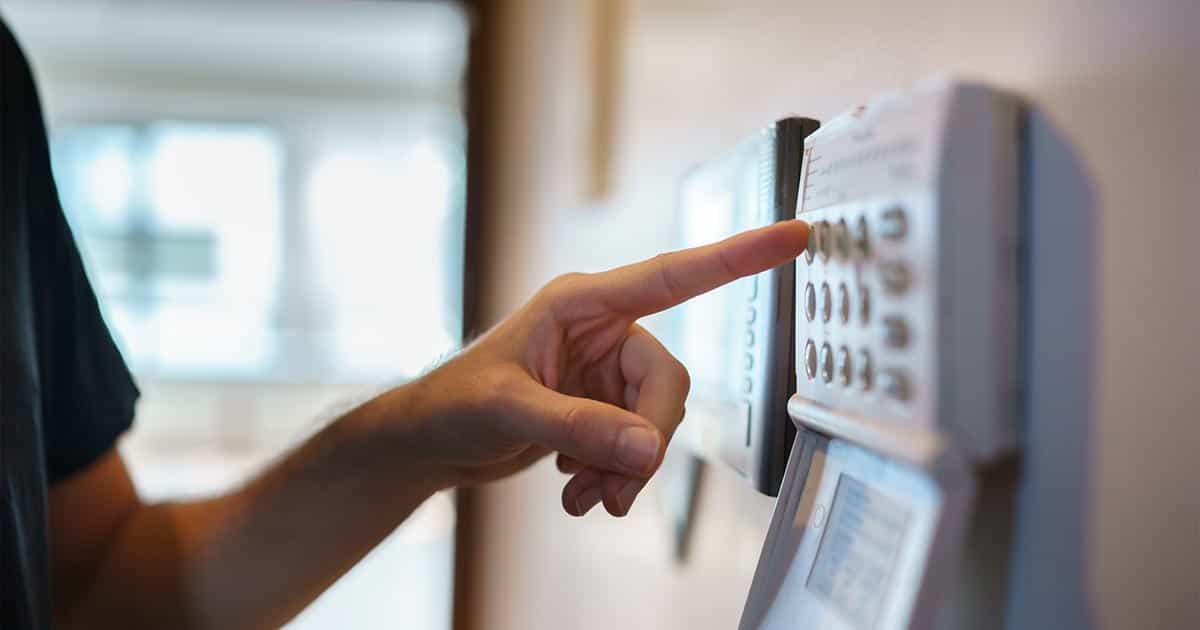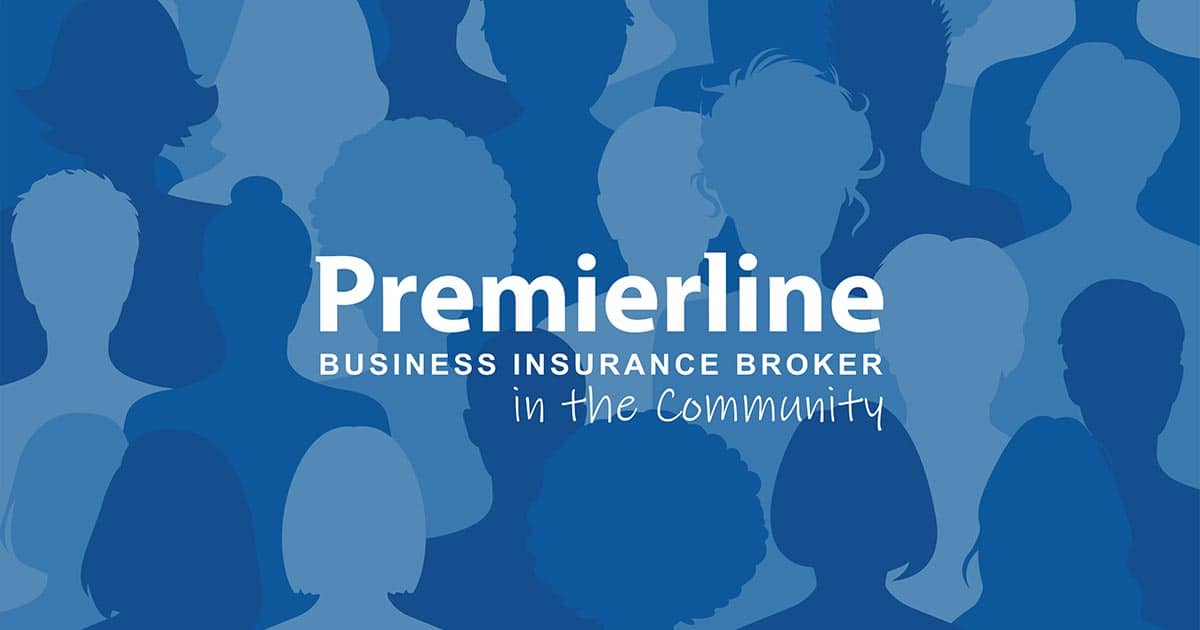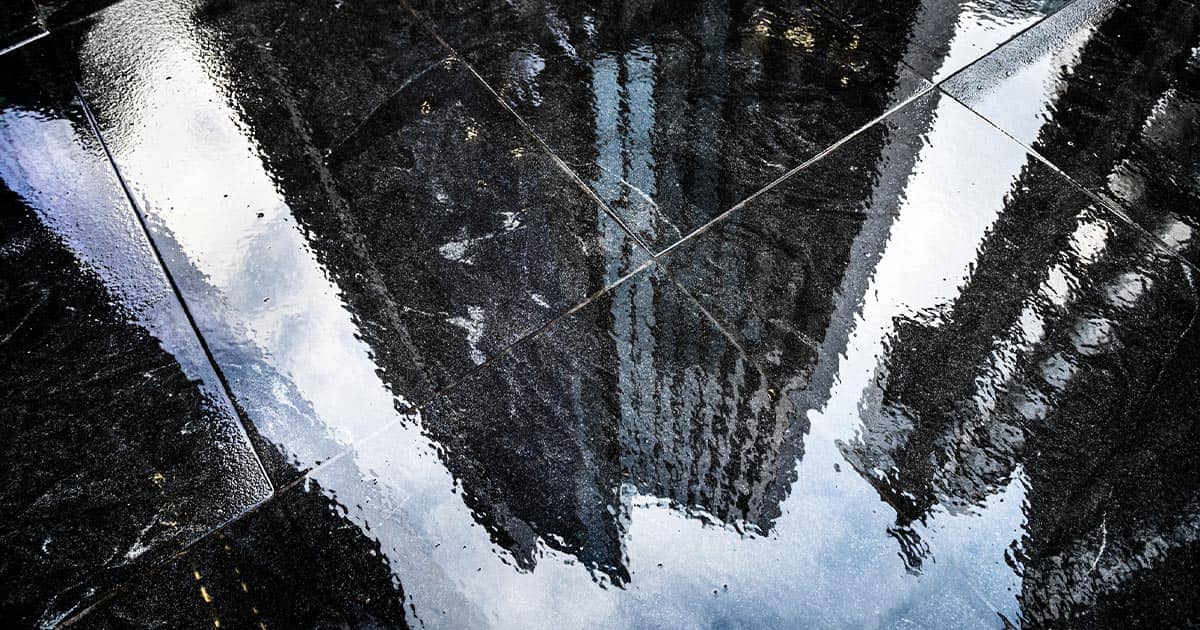The dangers of counterfeit components
How to avoid counterfeits
Check your supplier
The first step for ensuring the quality of your parts is performing some due diligence on your suppliers. There are signs to look out for when checking that your supply line is giving you good quality parts for your products:
- If you use a foreign supplier, check their regulations and quality standards to make sure that they comply with UK standards. Some countries are particularly well-known for producing counterfeit goods, such as China, who control 73% of the world’s counterfeit products. Other countries include Hong Kong, Turkey, Vietnam, Syria, India and Egypt.
- When working with foreign suppliers, explain the level of quality that your company needs and how their parts must comply with UK regulations. Your supplier also needs to understand the importance of correct packaging for overseas transport to maintain the quality of the parts in transit.
- Be wary of suppliers who seem to be able to offer their products at a fraction of the cost of other suppliers. If their offer is way below the price of competitors, it is likely that their products could also be below the level of quality.
- When using UK based companies, perform some background checks using Companies House which you can use to access information about the company for free, such as company address details, filing history and people.
- Explain in writing that you will only use genuine parts provided by your supplier and outline that you reserve the right to terminate your agreement with them if their parts are found to be counterfeit.
- Schedule in checks on the products that you receive from your supplier to verify the quality of their products. Check any holograms or markings to verify the authenticity of the products, use a blockchain or track and trace, and make sure you keep hold of documentation of any assessments that you carry out.
- Perform risk assessments and audits on all suppliers, or at least on those who supply you with safety-critical parts such as fuses or electrical cables.
- If the products that you source have a high risk factor, such as fuses or anything to do with electricity, produce a risk assessment on the suppliers and keep it for your records.
Inspecting your supplies
When you have taken the measures to ensure that your suppliers are providing you with legitimate parts, take your own initiative to prove that what they have told you is accurate.
Visual examination
A visual inspection can take time to perform, but when it comes to the safety of your products, it is a necessary function, so take the time to be meticulous. When performing your inspections, make sure you look out for:
- Wrong measurements
- Incorrect logos
- Spelling mistakes, wrong fonts or wrong details on labels
- No logos or labels at all
- Incorrect packaging and padding
- Scratches or damage to the parts
Other tests
If you have the equipment available, there are other tests that you can perform to ensure the quality of the parts you have ordered.
- X-ray checks - If a product that you have received houses internal parts, you can use x-ray equipment to see into the part to check for any faulty or broken components.
- Electrical tests - You can conduct electrical tests if you suspect that parts may be counterfeit. Counterfeit parts will sometimes have different tolerances to your regular parts.
Safe transporting of parts
Even when you have been notified that your products have been dispatched, the condition that they were sent in may not be the condition that they arrive in. To ensure the safety of your products, carry out these checks:
- If possible, perform checks on the distributors to see if they are a reputable company who delivers packages safely, but also on time so that your manufacturing line isn’t disrupted. If you are particularly worried about your distributor, create an order to another address in a different name before making your big order to check that your package arrives safely.
- Be sure that your customers are legitimate by reviewing their outlets for selling and distributing your products. Look out for irregular purchasing patterns to prevent becoming a victim of distributor counterfeit schemes.
- When checking reviews for the company, watch out for reviews that you believe may be fakes. Poor spelling or grammar could hint at a fake review to support a counterfeit supplier.
Product liability insurance with Premierline
Even if you have taken all precautions when dealing with your supplier, defective or counterfeit parts can still make their way into your production line. If your product causes injury or damages property and you are found to be at fault, you could be prosecuted, face legal costs and suffer a business interruption, all of which can damage your company’s reputation.
Product Liability insurance is designed to protect your business in the event that someone tries to claim against you if they believe your product has caused injury or damage due to being defective through your negligence. Product liability insurance can cover you if your products were sourced from outside of the EU and even if the manufacturer of your parts has gone out of business.
At Premierline, we arrange insurance for many specialist manufacturers. So, whether you are a food manufacturer or a furniture manufacturer, speak to an insurance expert at Premierline who can assess your business insurance needs and find you the perfect manufacturing insurance quote for your business.
